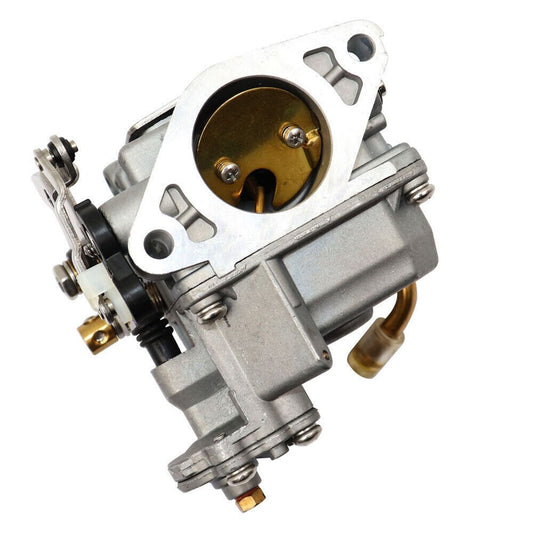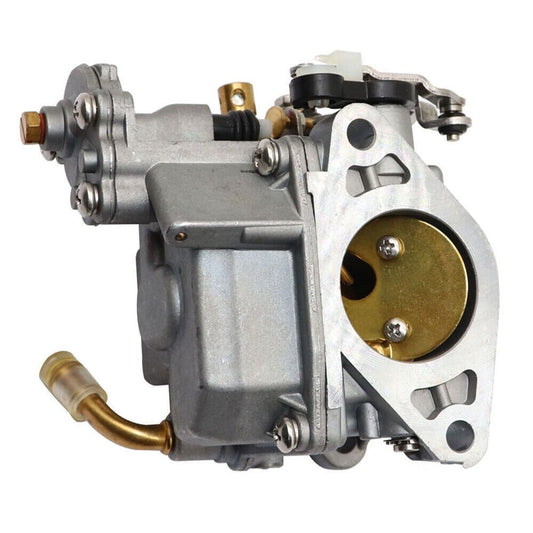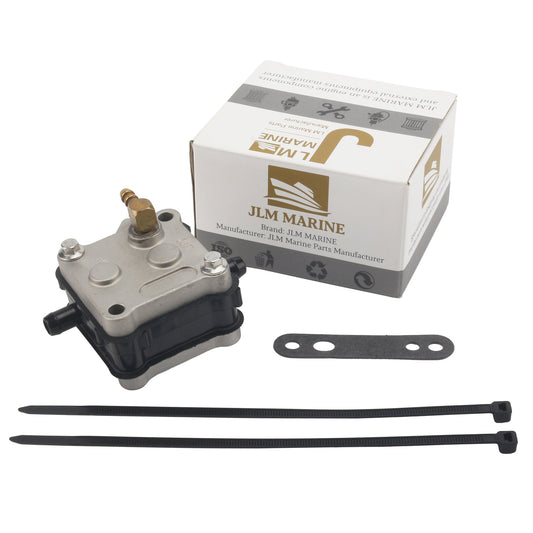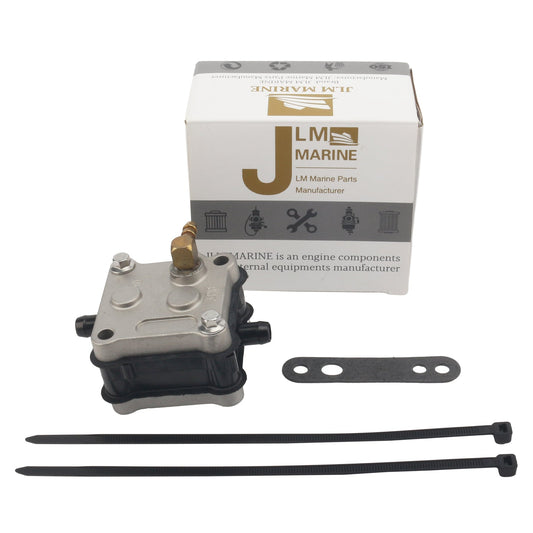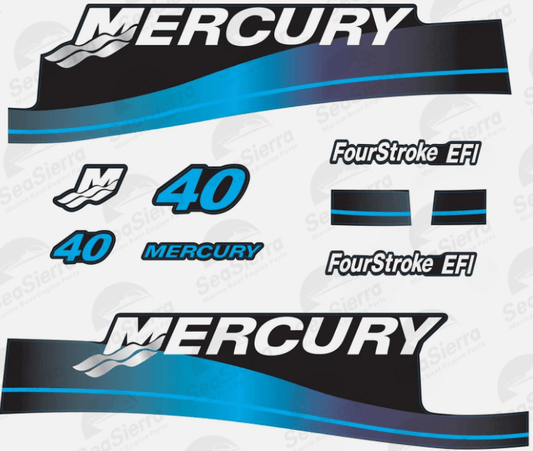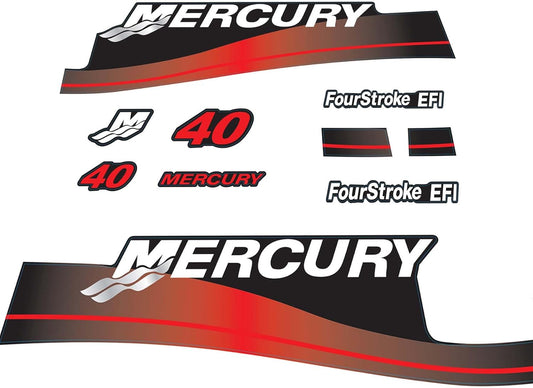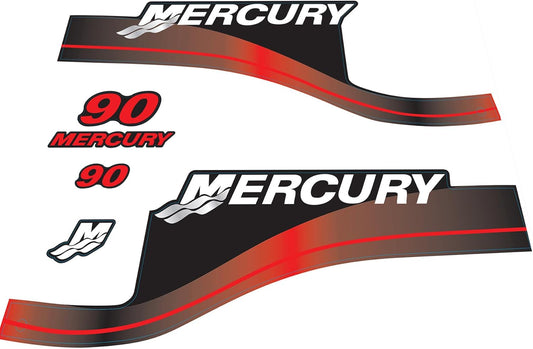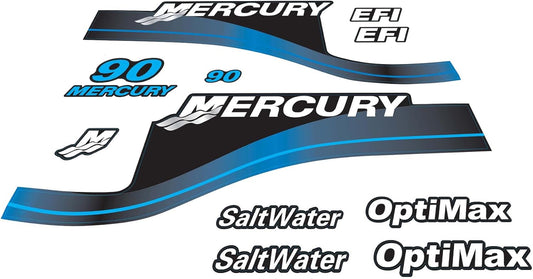British Marine Market Resilience and Innovation in the UKs 2.93 Billion Boating Industry
The UK marine industry continues to demonstrate remarkable resilience and innovation, generating £2.93 billion in revenue in 2014 – a modest but significant 1% increase over the previous year's performance. This growth, while unspectacular, reflects the cautious return of business confidence in a market that has weathered considerable economic and political uncertainty.
What makes the UK marine sector particularly interesting is its dual reality: strong sales in the dinghy and small boat sector have successfully offset challenges in the luxury motorboat market, creating a balanced industry that continues to move forward despite headwinds. With 10,120 boats of all types and sizes built in 2014 (accounting for 29.3% of total industry revenue), British marine manufacturing maintains its global reputation for quality and innovation.
Economic Context and Market Conditions
The UK marine industry's performance runs parallel with the country's general economic wellbeing. The Bank of England's base interest rate has remained at a historic low of 0.5% for more than six years, with experts suggesting this will continue well into 2016. Meanwhile, the inflation rate briefly dipped into deflation territory (-0.1%) in September and October 2015, held down by falling fuel and food prices.
These economic conditions have created a favorable environment for both consumer spending and industry investment. A litre of unleaded petrol averaged £1.07 at the pumps in November 2015, down significantly from its peak of £1.42 in March 2012, making boating more affordable for enthusiasts. This economic climate has encouraged continued low-cost investment by marine businesses, with a notable increase in research and development spending.
Employment prospects have also improved across the sector. A survey of 321 members of trade association British Marine (BM) revealed that one in three reported rising employment levels, bringing the total number of people directly employed in the UK's leisure marine industry to approximately 36,000. Since the end of 2014, there has also been a significant increase in infrastructure investment, with 45% of respondents increasing investment in facilities, up from 39% in 2013.
Participation and Market Demographics
The number of adults in the UK participating in watersports has remained relatively stable despite the country's rapidly increasing population. Research released in March 2015 indicates that 3.5 million UK adults participated in one or more of 12 boating activities in 2014, representing 7.1% of the adult population – similar to 2013 figures.
Interestingly, boating activity among people over the age of 55 has steadily increased since 2011, though this may partly reflect the UK's aging population. Female participation in boating activities has reached its highest level since the pre-recession period of 2007, indicating a broadening demographic appeal that creates opportunities for marine equipment suppliers.
Political Landscape and Market Confidence
The period from 2014 to autumn 2015 presented a roller-coaster of political events that impacted market confidence. The Scottish independence referendum in September 2014 created significant business uncertainty, while the May 2015 general election resulted in an unexpected clear majority for the Conservative party.
The immediate effect of this political stabilization was positive for the marine industry. High-net-worth individuals, relieved from the prospect of punishing "mansion" taxes, began investing again. Additionally, changes to pension rules allowed contributors to access larger cash sums, creating more disposable income that often finds its way into boat sales.
"The year started slowly, but is ending really well," remarked Adrian Jones of Rustler Yachts. "A combination of uncertainty about the general election and a poor summer both held back sales, but things really began to pick up again at the Southampton Boat Show."
This sentiment was echoed by British Marine president Howard Pridding, who noted the positive mood at the Southampton Boat Show despite challenging weather conditions. While the show recorded a slight drop in total visitors (down 2% to 110,000), exhibitors reported a high standard of enquiries and strong sales.
Contrasting Fortunes: Luxury vs. Small Craft
One of the most notable aspects of the UK marine market is the contrasting performance between different segments. The luxury motorboat sector faced significant challenges in 2014-2015, with major manufacturers Princess, Sunseeker, and Fairline all reporting trading losses. Citing "economic headwinds," Sunseeker and Princess embarked on major inward investment and streamlining programs, while Fairline unfortunately entered administration in December 2015.
Conversely, the dinghy and small boat sector reported strong growth, particularly in global exports. This segment has effectively offset the decline in the luxury market, demonstrating the resilience of the UK marine industry as a whole. Companies like Laser Performance, builders of the iconic Laser dinghy, have successfully navigated challenges such as the strong pound by implementing strategic discounting for European dealers.
"A large part of our annual 2,000 boat output goes to Europe," explained Simon Ogden, Laser Performance's Sales Executive. "As such, we have discounted by 5%, and encourage our dealers to buy a lot of stock when the exchange rate is most favorable." This approach has yielded results, with sales to the Eurozone up by 10% and growing.
Equipment Sector: Challenges and Opportunities
The UK marine equipment sector has experienced marginal growth, with 27% of survey respondents reporting improved market conditions and 20% seeing a decline in either workload or value. Approximately half have seen little change, particularly manufacturers of marine engines and gearboxes. The most notable growth has been in boat electronics and electrical products, with about a third of companies in this segment reporting market expansion.
The strong pound presents both challenges and opportunities for the equipment sector. While it hampers exports, with the euro trading at 1.440 (making a pound equivalent to just 70 cents), it benefits companies importing components from EU sources by reducing the cost of finished items.
"The weak euro has certainly had a negative impact," noted British Marine's Howard Pridding. "Around 30% of our output is exported, much of it to the EU, so it is clearly working against us in some areas." However, companies like Beta Marine, a Midlands-based engine manufacturer specializing in large generator sets, have found that the currency situation has balanced effects. "Our turnover is slightly down on last year," said director Andrew Winton. "The euro has been an issue, but also a help when purchasing. As such, our profitability remains good."
Innovation and Adaptation
UK boatbuilders are actively adapting to market conditions by making their products more marketable and their businesses more streamlined. Williams Performance Tenders exemplifies this approach, hedging against a flat OEM market by developing new models that appeal to the RIB market in general.
This focus on innovation and adaptation is evident across the industry, with companies investing in research and development to create products that meet evolving market demands. The ability to pivot and diversify has become essential in the current economic climate, with the most successful companies demonstrating flexibility and forward-thinking approaches.
Meeting the Needs of UK Marine Market
For marine equipment suppliers looking to serve the UK market, understanding the specific needs and preferences of British boaters and marine businesses is essential. The UK marine industry is characterized by its emphasis on quality, innovation, and resilience – values that align perfectly with suppliers offering OEM-quality parts and components.
The combination of a cautiously recovering market and the contrasting performance of different segments creates opportunities for suppliers who can offer both competitive pricing and the high-quality products that British builders and boaters expect. Factory-direct pricing models are particularly relevant in this context, allowing suppliers to offer premium products at competitive prices by eliminating intermediary markups.
Free worldwide shipping represents another significant advantage in serving the UK marine market, particularly given the challenges posed by the strong pound. The ability to receive quality parts without additional shipping costs enhances the value proposition for British boat owners, service providers, and manufacturers operating in a market characterized by cautious optimism.
Small Craft and Dinghy Sector Opportunities
The strong performance of the small craft and dinghy sector presents particular opportunities for marine equipment suppliers. With this segment offsetting challenges in the luxury market, there is growing demand for high-quality, cost-effective parts and components suited to smaller vessels.
The 3.5 million UK adults participating in boating activities represent a substantial market for maintenance supplies and replacement parts, particularly as many boat owners are keeping their vessels longer and investing in maintenance rather than new purchases. This trend is especially pronounced in the small craft sector, where the cost of maintenance relative to replacement is more favorable.
Looking Forward: Market Trends and Opportunities
As the UK marine industry continues its cautious recovery, several trends present opportunities for forward-thinking suppliers:
1. The growing small craft and dinghy sector creates demand for specialized parts and components tailored to these vessel types.
2. The increasing participation of older adults and women in boating activities broadens the demographic appeal of marine products and services.
3. The emphasis on research and development across the industry creates opportunities for innovative, high-quality components that enhance vessel performance and longevity.
4. The contrasting performance of different market segments suggests the value of a diversified approach that serves multiple vessel types and price points.
5. The strong pound, while challenging for exporters, creates opportunities for suppliers who can offer competitive pricing on imported components and parts.
Conclusion: A Resilient Industry with Growth Potential
Despite the challenges of recent years, the UK marine market demonstrates remarkable resilience and adaptability. The combination of economic improvement, political stabilization, and the industry's unwavering commitment to quality and innovation creates a favorable environment for marine equipment suppliers who share these values.
The UK's strong marine tradition, substantial boating population, and global reputation for excellence make it an attractive market for suppliers of premium marine parts and components. By understanding the specific needs and preferences of British boaters and marine businesses, and by offering the quality, value, and service that align with UK expectations, marine equipment suppliers can successfully participate in the continued recovery and growth of this important European marine market.
As the British economy continues its recovery and the marine industry builds on its strengths in quality, innovation, and export success, the opportunities for growth and partnership will only increase. For forward-thinking marine equipment suppliers, the UK marine market represents not just a current opportunity but a long-term relationship with one of Europe's most respected and influential marine industries.

